Chinese Herbs
Chinese Herbology is one of the more important modalities utilized in traditional Chinese medicine (TCM). Each herbal medicine prescription is a cocktail of many herbs tailored to the individual patient. One batch of herbs is typically decocted twice over the course of one hour. The practitioner usually designs a remedy using one or two main ingredients that target the illness. Then the practitioner adds many other ingredients to adjust the formula to the patient’s yin/yang conditions. Sometimes, ingredients are needed to cancel out toxicity or side-effects of the main ingredients. Some herbs require the use of other ingredients as catalyst or else the brew is ineffective. The latter steps require great experience and knowledge, and make the difference between a good Chinese herbal doctor and an amateur. Unlike western medications, the balance and interaction of all the ingredients are considered more important than the effect of individual ingredients. A key to success in TCM is the treatment of each patient as an individual.
Chinese herbology often incorporates ingredients from all parts of plants, such as the leaf, stem, flower, root, and also ingredients from animals and minerals. The use of parts of endangered species (such as seahorses, rhinoceros horns, and tiger bones) has created controversy and resulted in a black market of poachers who hunt restricted animals. Many herbal manufacturers have discontinued the use of any parts from endangered animals.
Another difference between Chinese herbology and other traditional medical systems is its considerable use of marine products.
Chinese herbs are prepared in a number of ways. Raw herbs can be boiled and taken as a tea or decoction. Prepared Chinese herbs are sold as pills, tablets and capsules. Another preparation method is the extract form or tinctures in which small doses are taken from a dropper. In one type of preparation herbs are applied via a plaster, usually for pain.
Herbs have the QUALITIES as the following:
Four Energies:
The four energies are Hot, Cold, Warm, and Cool. There is also a neutral category. For illness with a cool nature the formula will be warm. For disorders with a hot nature the formula will be cold etc.
Five Tastes:
The five tastes are sour, bitter, pungent, sweet, and salty. Sour is astringent and herbs in this category consolidate Qi and secretions. Sour herbs nourish the Liver and Gallbladder Bitter Herbs are drying, detoxifying, antibiotic, and drain Qi downward. Bitter herbs strengthen the Heart and Small Intestine Sweet herbs are tonic, nourishing, relaxing, and slow Qi down. Sweet herbs harmonize the Spleen and Stomach Pungent herbs stimulate, warm, raise Qi from the interior to the exterior. Pungent herbs strengthen the Lungs and Large Intestine.
The use of Chinese herbs is a very popular tradition. “Many of the modern day drugs have been developed from these herbs such as the treatments for asthma and hay fever from Chinese ephedra, hepatitis remedies from Schisandra fruits and licorice roots and a number of anticancer agents from trees and shrubs”. “There are several herbal drugs that invigorate the energy, nourish the blood, calm tension and regulate menstruation such as Bupleurum Sedative Pills and Women’s Precious Pills”. There are over three hundred herbs that are commonly being used today that have a history that goes back at least 2,000 years.

